Morocco is a captivating country known for its vibrant culture, diverse ethnic groups, delectable cuisine and unique homes. This article provides an insight into the Moroccan way of life.
Moroccan Homes
Moroccan homes, known for their distinct architecture and intricate designs, are a testament to the country’s artistic heritage. Riad houses, found in the medinas (old towns), are traditional homes centred around a courtyard or garden. These homes are designed to provide privacy and a cool retreat from the heat. The interiors are often adorned with zellige (colourful mosaic tiles), carved wood, and plasterwork. The courtyard is typically lush with plants and sometimes features a fountain, creating a serene oasis.
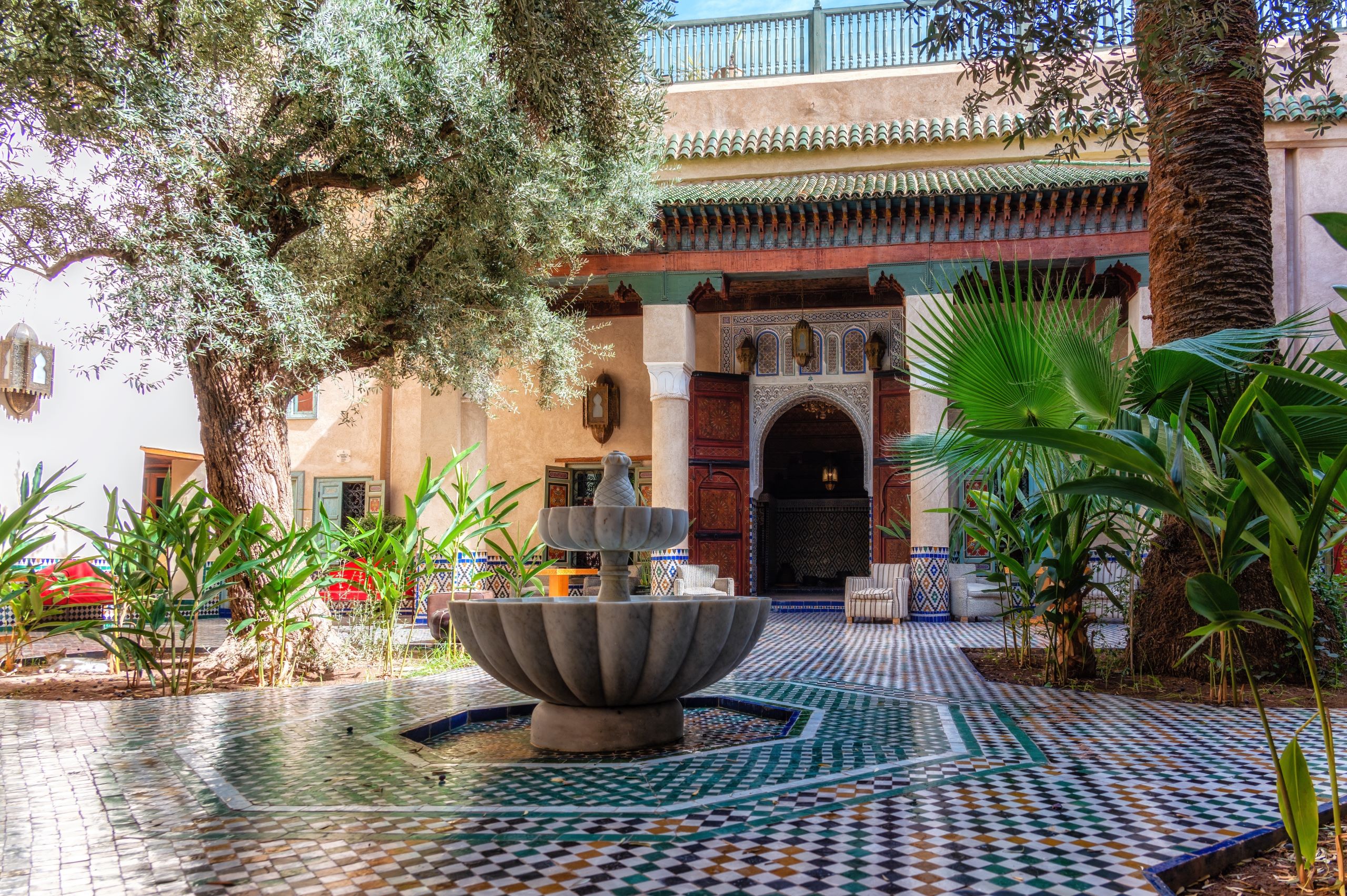
Culinary Delights
Moroccan cuisine is a delightful fusion of flavours, aromas, and colours. It reflects the country’s diverse cultural influences and geographical bounty. The cornerstone of Moroccan food is the tagine, a slow-cooked stew made in a conical clay pot, featuring a combination of meat, vegetables, and aromatic spices such as saffron, cumin, and cinnamon. Couscous, often served with meat or vegetables, is another staple dish. Street food is an integral part of Moroccan life, with favourites like b’ssara (fava bean soup), mechoui (roast lamb), and a variety of sweet pastries like baklava and chebakia. Mint tea, known locally as “Moroccan whiskey,” is a symbol of hospitality and is consumed throughout the day.
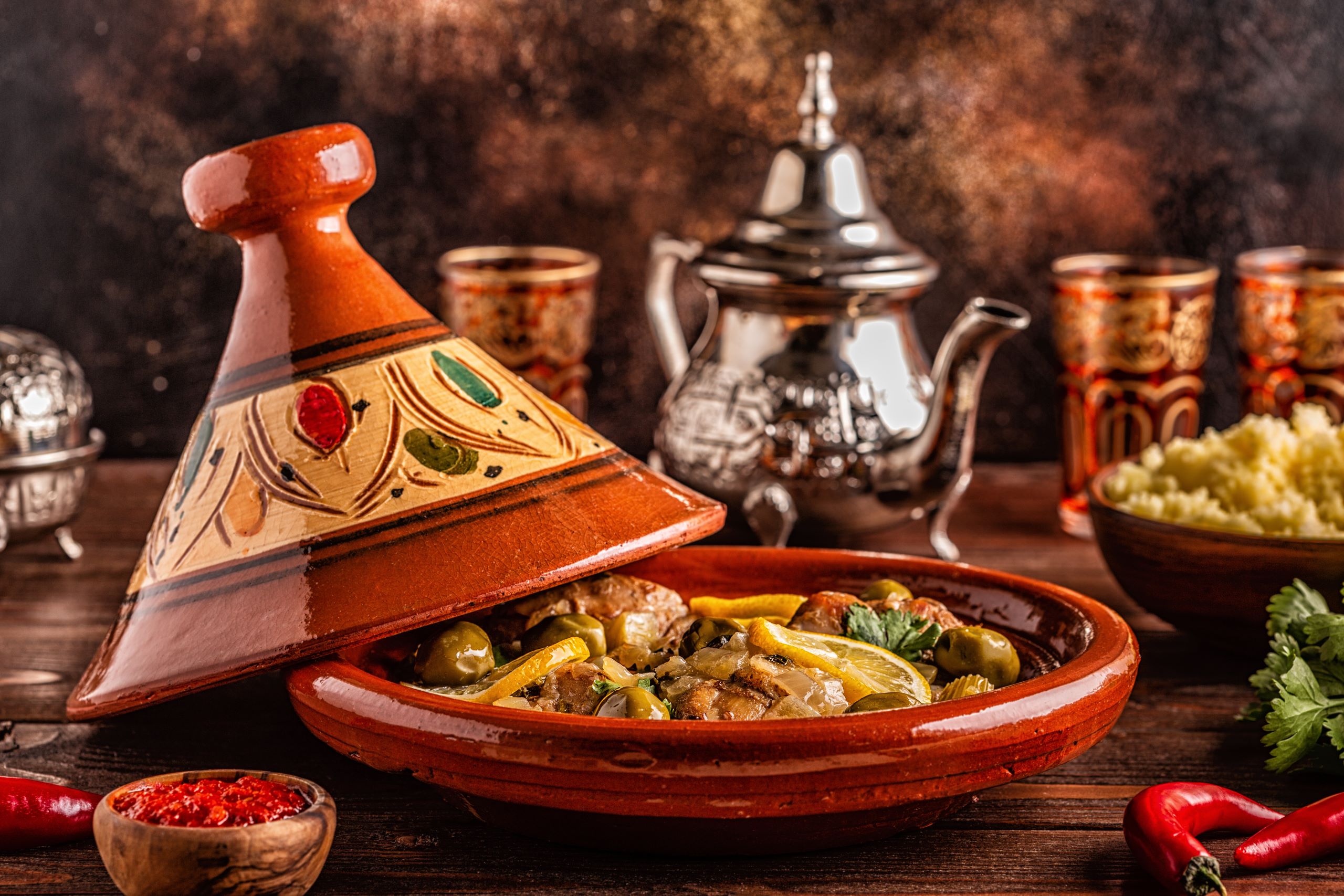
Daily Lifestyle
Moroccan daily life is steeped in tradition and community. Family is the cornerstone of Moroccan society, and it is common for extended families to live together or nearby. Social interactions are warm and hospitable, with frequent gatherings over tea and meals. Fridays are particularly special, as they are considered a day for family and prayer. The Jumu’ah (Friday prayer) is a significant weekly event, followed by a large family meal, often featuring couscous.
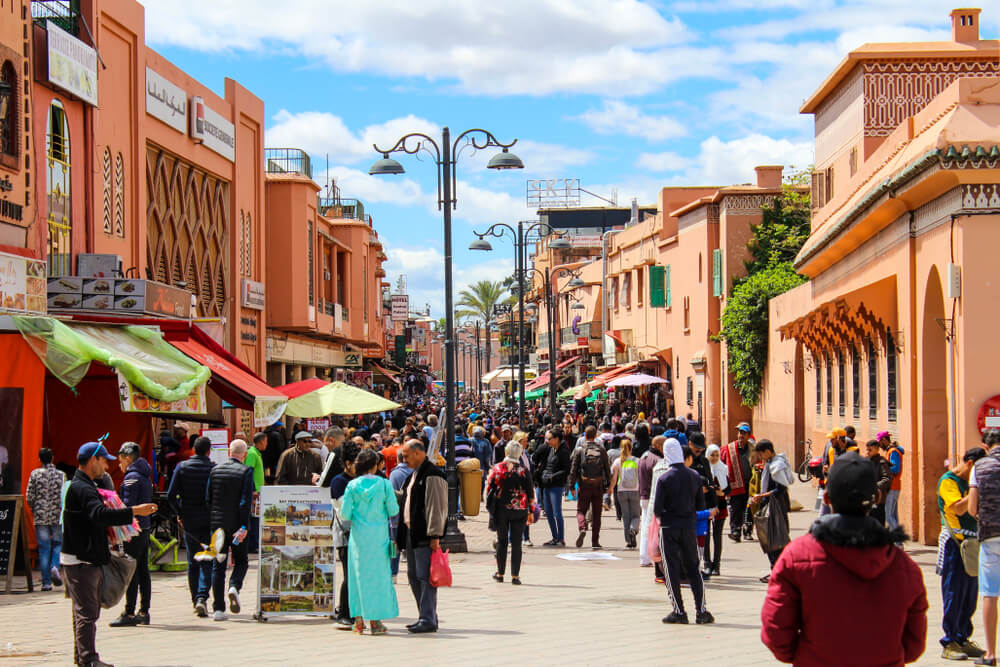
Clothing and Fashion
Traditional Moroccan attire is still prevalent, especially in rural areas and during special occasions. The djellaba, a long, loose-fitting hooded garment, is worn by both men and women. For formal events, women might wear a kaftan, which is often intricately embroidered and made of luxurious fabrics. In urban areas, Western-style clothing is also common, particularly among the younger generation. However, traditional garments remain a source of pride and cultural identity.
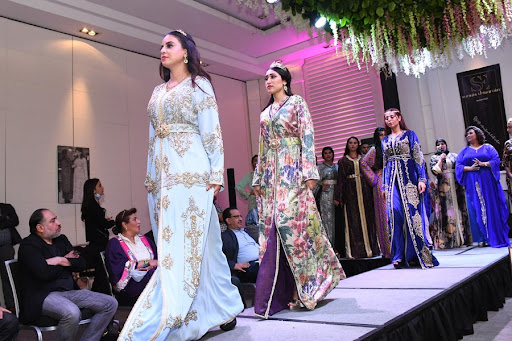
Cultural Diversity
Morocco boasts a rich cultural tapestry, woven from a blend of Arab, Berber, and African influences. The Berbers, the indigenous people of Morocco, have a history that spans thousands of years. Arab culture became prominent from the 7th century, adding a significant layer to the Moroccan identity. Today, Moroccans are proud of their mixed heritage, which is evident in their language, traditions, and daily practices. Arabic and Berber are the official languages, while French is widely spoken due to the colonial history.
Festivals and Celebrations
Morocco is home to a variety of festivals that highlight its cultural richness. Religious celebrations like Ramadan and Eid are observed with great reverence and communal participation. The annual Fes Festival of World Sacred Music attracts international artists and visitors, showcasing Morocco’s musical heritage. The Marrakech International Film Festival is another significant event, celebrating global and local cinema.
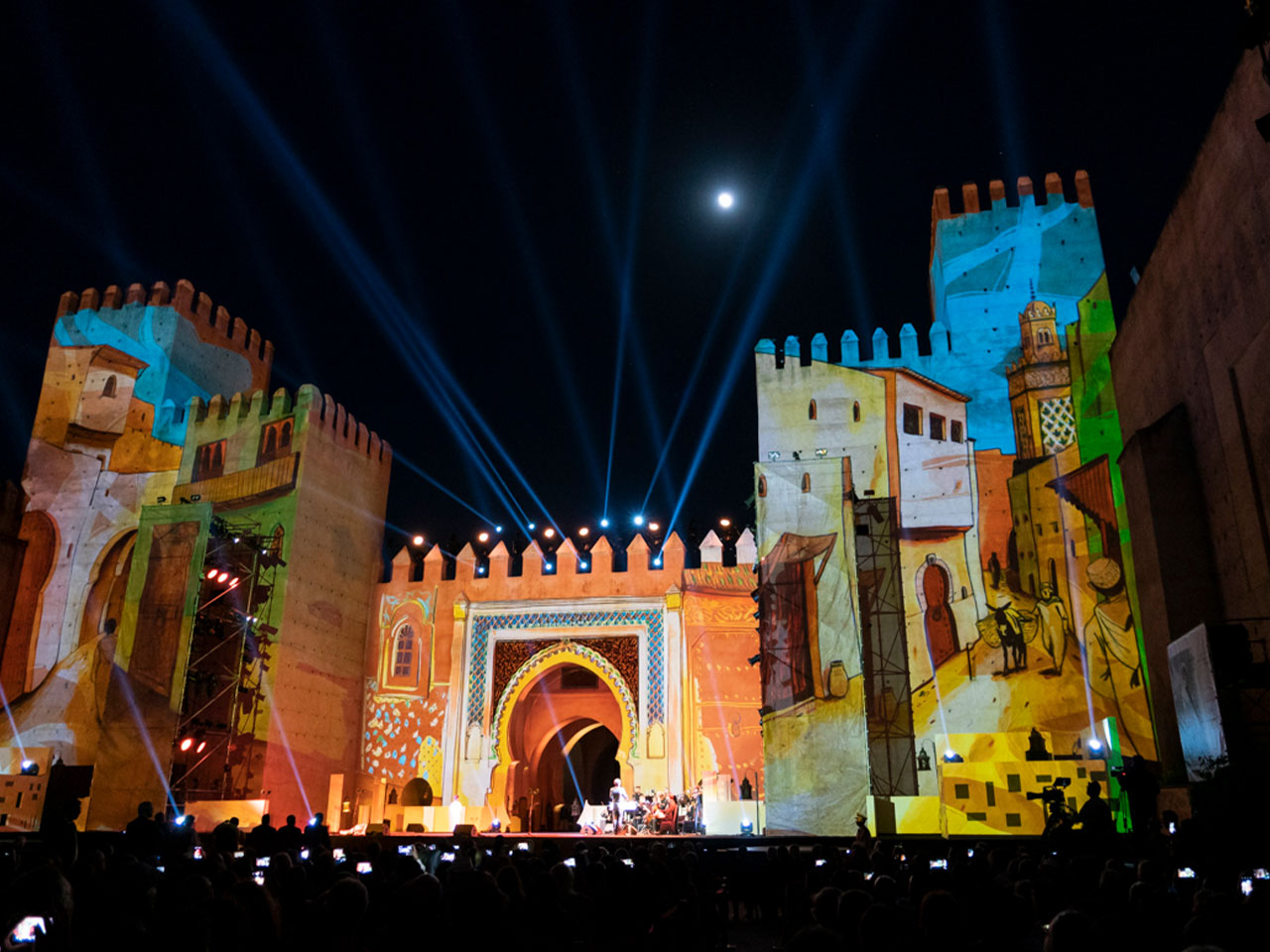
Modern Influences and Lifestyle
While Morocco maintains its traditional roots, modern influences are increasingly evident, especially in urban areas like Casablanca, Rabat, and Marrakech. These cities boast modern amenities, bustling nightlife, and contemporary art scenes. The fusion of old and new is visible in the lifestyle choices of Moroccans, who balance their rich heritage with modernity.
Morocco’s lifestyle is a vibrant mosaic of traditions, cultures, and modern influences. From the aromatic kitchens and traditional homes to the communal spirit and modern urban centres, Morocco offers a unique blend of the old and the new. Exploring this fascinating country provides a deeper understanding of its rich heritage and the daily lives of its people.


